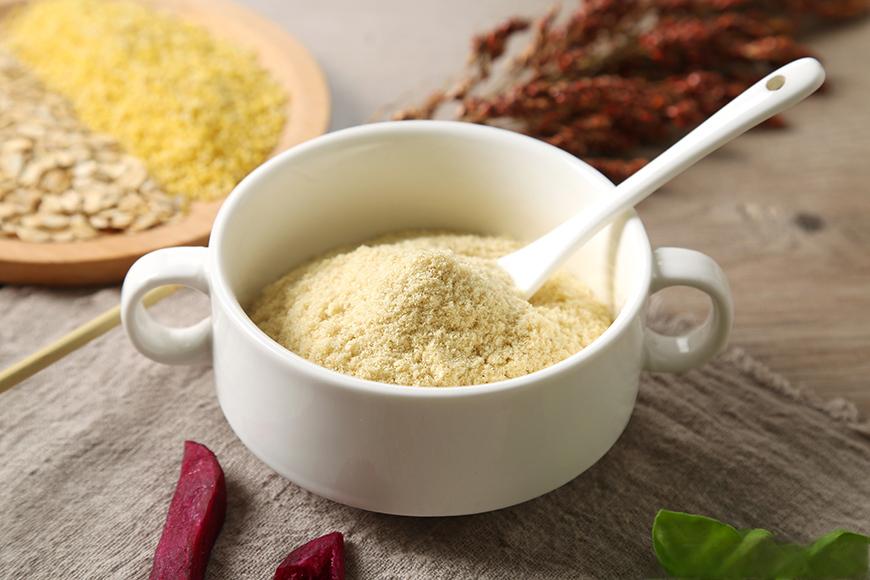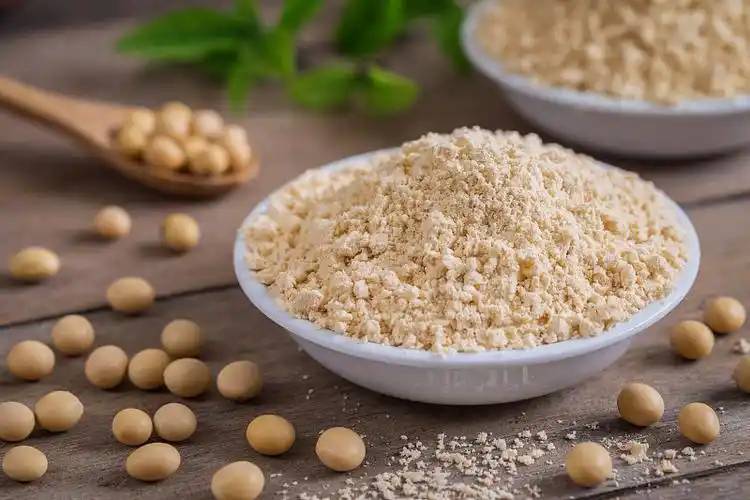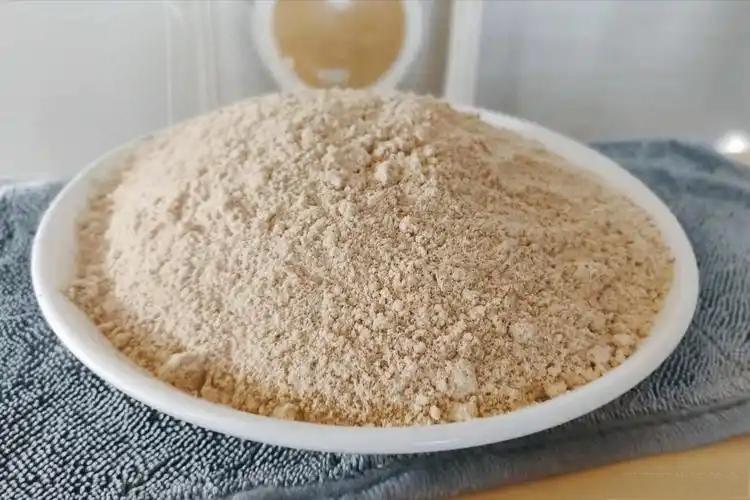What Is the Use of Soy Protein Powder in Cattle Breeding?
Cattle breeding plays an important role in global agricultural production and is one of the main sources of meat supply. Its economic value and social influence cannot be ignored. With the increasing demand for meat consumption, improving the efficiency of beef cattle production has become the key. Among them, the nutritional level of feed, especially the protein supply, can directly affect the growth rate, meat quality and production performance of beef cattle. Protein is an important nutrient for the daily metabolism and growth and development of beef cattle, and it plays a vital role in muscle synthesis, immune function and overall health.
In this context, soy protein, as a high-quality plant protein, is widely used as a protein source in beef cattle feeding due to its rich essential amino acid composition, high digestibility and sustainability [1]. Soy protein is mainly derived from soybeans and their processed by-products, such as soybean meal, soy protein concentrate and soy protein isolate. It is diverse and is regarded as an ideal protein source in beef cattle feed due to its good amino acid balance and high protein content. Compared to other plant proteins, soy protein not only has higher nutritional value, but is also rich in linoleic acid and phospholipids, which help improve fat deposition and meat quality in beef cattle. However, the presence of anti-nutritional factors in soy protein, such as phytic acid and trypsin inhibitors, may negatively affect its nutritional utilization rate and need to be overcome through proper processing and handling.
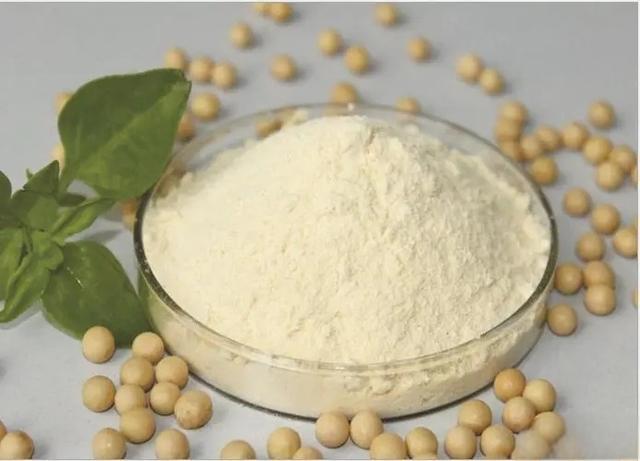
1 Nutritional composition analysis of soy protein feed
1.1 Main nutritional components of soy protein
Soy protein is an important component of beef cattle feed, and its main nutrients include amino acids, fats and functional components. The amino acid composition of soy protein is relatively balanced, and it is especially rich in essential amino acids such as lysine, threonine and valine. Lysine in particular is essential for muscle synthesis and enhancing immune function. However, the methionine content of soy protein is slightly lower, and it needs to be combined with other protein sources to improve the overall nutritional value.
After processing, the amino acid digestibility and utilization of soy protein are improved, and it can effectively replace some animal protein. Soy protein has a low fat content (1% to 2%), but is rich in bioactive fatty acids, such as linoleic acid, which maintain cell membrane structure, regulate lipid metabolism and enhance immune function. In addition, phospholipids also play an important role in promoting fat absorption and metabolism, improving feed conversion rate and weight gain. Antinutritional factors in soy protein such as phytic acid and trypsin inhibitors may affect protein digestion and absorption, but their activity can be reduced by heat treatment or enzymatic hydrolysis to enhance the nutritional value of soy protein.
1.2 Comparison with other protein feeds
Compared with other protein feeds, soy protein has both unique nutritional advantages and disadvantages. Although the amino acid composition of soy protein is balanced, it is low in methionine and cystine, which is a common characteristic of plant proteins. Animal proteins such as fish meal and meat and bone meal are richer in these amino acids and have a higher biological value. Therefore, if the diet of beef cattle mainly relies on soy protein, it needs to be supplemented with feed rich in methionine and cystine to ensure an amino acid balance.
In addition, animal protein is also rich in fat and trace elements such as iron and zinc, which further support the health and performance of beef cattle. Therefore, soybean protein is often used in combination with animal protein to take advantage of their respective advantages. Compared with other plant protein feeds, soybean protein has obvious advantages. It has a protein content of 40% to 50%, and a more balanced amino acid profile. In particular, the lysine content is much higher than that of other plant proteins, making it more nutritious. The digestibility and absorption rate of soy protein are also high, but it should be noted that anti-nutritional factors (such as phytic acid and trypsin inhibitors) may affect mineral absorption and protein digestion. Therefore, a reasonable feed ratio and processing technology are essential to fully utilize the potential of soy protein.
2. The application effect of soy protein feed in beef cattle feeding
2.1. Effect on beef cattle growth performance
Soy protein feed has a significant effect on the growth performance of beef cattle in beef cattle feeding, especially in terms of weight gain and feed conversion rate. Soy protein is rich in essential amino acids such as lysine and valine, which are essential for muscle synthesis and growth and development of beef cattle. Proper addition of soy protein can significantly increase the daily weight gain of beef cattle, especially during the fattening period, and the weight gain effect is particularly obvious. In addition, the high digestibility and absorption rate of soy protein provides beef cattle with sufficient amino acids to promote rapid muscle growth. At the same time, its low fat content and high linoleic acid content further enhance the nutritional value of the feed. Soy protein also has a positive effect on improving FCR. Its phospholipid component can promote fat absorption and metabolism, and its reasonable amino acid composition can reduce nitrogen loss and improve nitrogen utilization, thereby improving nutrient conversion efficiency, reducing feed waste and lowering feed costs.
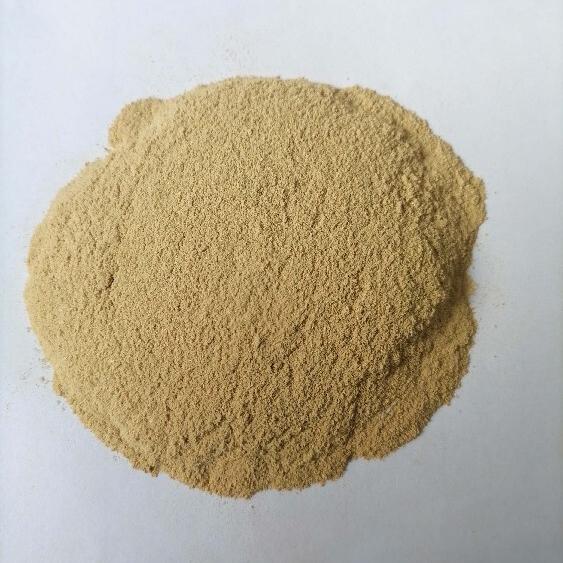
2.2 Effect on the performance of beef cattle
Soy protein feed has an outstanding effect on the performance of beef cattle in terms of slaughter rate and meat quality characteristics. The slaughter rate is closely related to body weight, fat deposition and muscle ratio. Soy protein feed can improve the slaughter rate by increasing the muscle ratio and reducing fat deposition. Studies have shown that adding an appropriate amount of soy protein can promote muscle protein synthesis and increase muscle mass, thereby increasing the proportion of edible parts. In addition, soy protein is rich in essential fatty acids, such as linoleic acid, which can effectively regulate the body's fat distribution and reduce visceral fat, further improving slaughtering rate and economic benefits.
Soy protein feed also plays an important role in meat quality characteristics. Its rich amino acids and phospholipids can regulate muscle fiber structure and fat deposition, promote intramuscular fat accumulation, improve the distribution and uniformity of marbling, and make the meat more tender. The fatty acid composition of soy protein also increases the proportion of unsaturated fatty acids in the muscle, enhancing the flavor and nutritional value of the meat. Its high feed conversion efficiency also ensures the effective absorption of nutrients. The addition of soy proteinase-activated peptides can further optimize meat quality characteristics and improve the market competitiveness of meat products [2].
2.3 Effect on the health of beef cattle
Soy protein feed not only improves the growth and production performance of beef cattle, but also has a positive effect on their health, especially on the digestive system and immune function. Its high digestibility makes soy protein an ideal protein source. It can effectively reduce the burden of anti-nutritional factors on the intestines, promote nutrient absorption, reduce gastrointestinal problems caused by indigestion, and thus improve feed utilization efficiency and growth performance. In addition, soy protein is rich in amino acids, which help maintain the health of intestinal epithelial cells, enhance the intestinal barrier function, and prevent infection. Soy protein also plays an important role in immune function. Amino acids such as lysine and threonine support the immune system, promote antibody synthesis and immune cell activation, and enhance immune response capabilities. In addition, antioxidant components such as isoflavones have anti-inflammatory and immunomodulatory effects, which improve the disease resistance of beef cattle and reduce the incidence of disease and the use of antibiotics. Adding soy protein in moderation can effectively improve the health of beef cattle and increase production efficiency.
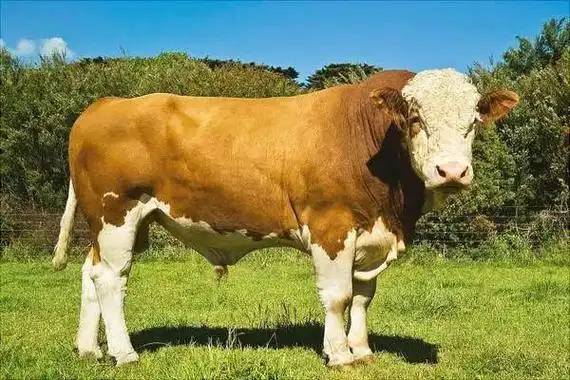
3 Economic analysis of soybean protein feed
3.1 Feed costs and benefits
The production cost of soybean protein feed is a key factor restricting its widespread use in beef cattle feeding. The production of soybean protein involves multiple processes such as planting, harvesting, processing and extraction, and the cost is affected by geographical conditions, climate, production efficiency and market supply and demand. Although advances in agricultural technology have increased soybean yields, the processing of soy protein is still relatively expensive, especially when it comes to extracting high-purity soy protein isolate, which requires high-quality equipment and technology, further increasing costs.
At the same time, the global demand for soybeans has increased, and competition in the food and feed sectors in particular has led to higher raw material prices, limiting its widespread use in beef cattle feeding. However, despite the high production costs, the use of soy protein feed can still bring considerable economic returns for beef cattle farmers. First, the high nutritional value of soy protein feed can improve the growth performance and feed conversion rate of beef cattle, which means that beef cattle can gain more weight with the same feed input, shorten the fattening cycle, and thus improve production efficiency and economic benefits. Second, soy protein feed helps improve the meat quality characteristics of beef cattle, such as marbling and tenderness, which directly affects the price and sales prospects of beef in the market. High-quality beef products generally command higher prices in the market, which in turn increases the income of farmers. Although the production cost of soy protein feed is relatively high, its effect of improving the production performance of beef cattle and beef quality makes it still very competitive in terms of overall economic benefits.
3.2 Market demand and development prospects
Soy protein feed has broad application prospects in the beef cattle raising market. With the global demand for high-quality meat products growing, the beef cattle raising industry faces the challenges of improving production efficiency and meat quality. Soy protein feed, as a high-quality plant protein source, is gradually becoming an important part of beef cattle diets due to its advantages of high nutritional value, good digestibility and stable production. In addition, consumers' increasing concerns about food safety and sustainable production have increased demand for plant-based proteins. Soy protein, as an environmentally friendly protein source that is easy to produce on a large scale, has an optimistic market outlook [3].
In the future, with population growth and accelerating urbanization, global demand for meat products will continue to rise, driving the expansion of beef cattle farming and increasing demand for soy protein feed. With the progress of genetically modified soybean varieties and extraction and processing technology, production costs are expected to decrease, making soy protein feed more economically competitive. In addition, as research on plant protein in animal feed continues to deepen, the versatility of soy protein will be further developed, and scientific ratios can optimize the nutritional structure and economic benefits of beef cattle diets.
4 Summary
Soy protein can not only improve the growth performance and productivity of beef cattle, but also enhance their health to a certain extent. However, there are still challenges such as the impact of anti-nutritional factors, fluctuations in feed quality, and environmental stress. Fermentation and enzymatic hydrolysis can effectively reduce the negative impact of anti-nutritional factors. At the same time, strategies to improve the stability of feed quality and reduce environmental impact are also being explored. Future research should continue to optimize the processing of soy protein and develop more effective anti-nutritional factor treatment techniques to ensure the consistency of feed quality. In addition, environmentally friendly soybean cultivation and processing methods should be further explored to achieve sustainable development.
References:
[1] Zhao Manqi, Chen Xing, Chen Zhimin, et al. Research progress on antinutritional factors in soybean meal and preparation of peptides from enzymatically hydrolyzed soybean meal [J]. Chinese Journal of Animal Science, 2024, 51(5): 1931-1938.
[2] He Banglin. Effect of active peptides from soybean proteolysis on digestion and metabolism, growth performance and antioxidant function of Holstein calves [D]. Yangzhou: Yangzhou University, 2023.
[3] Yin Chengjie. How to effectively solve the shortage of soybean edible vegetable oil and protein feed supply [J]. Rural Economy, 2021(7): 16-21.


 English
English French
French Spanish
Spanish Russian
Russian Korean
Korean Japanese
Japanese